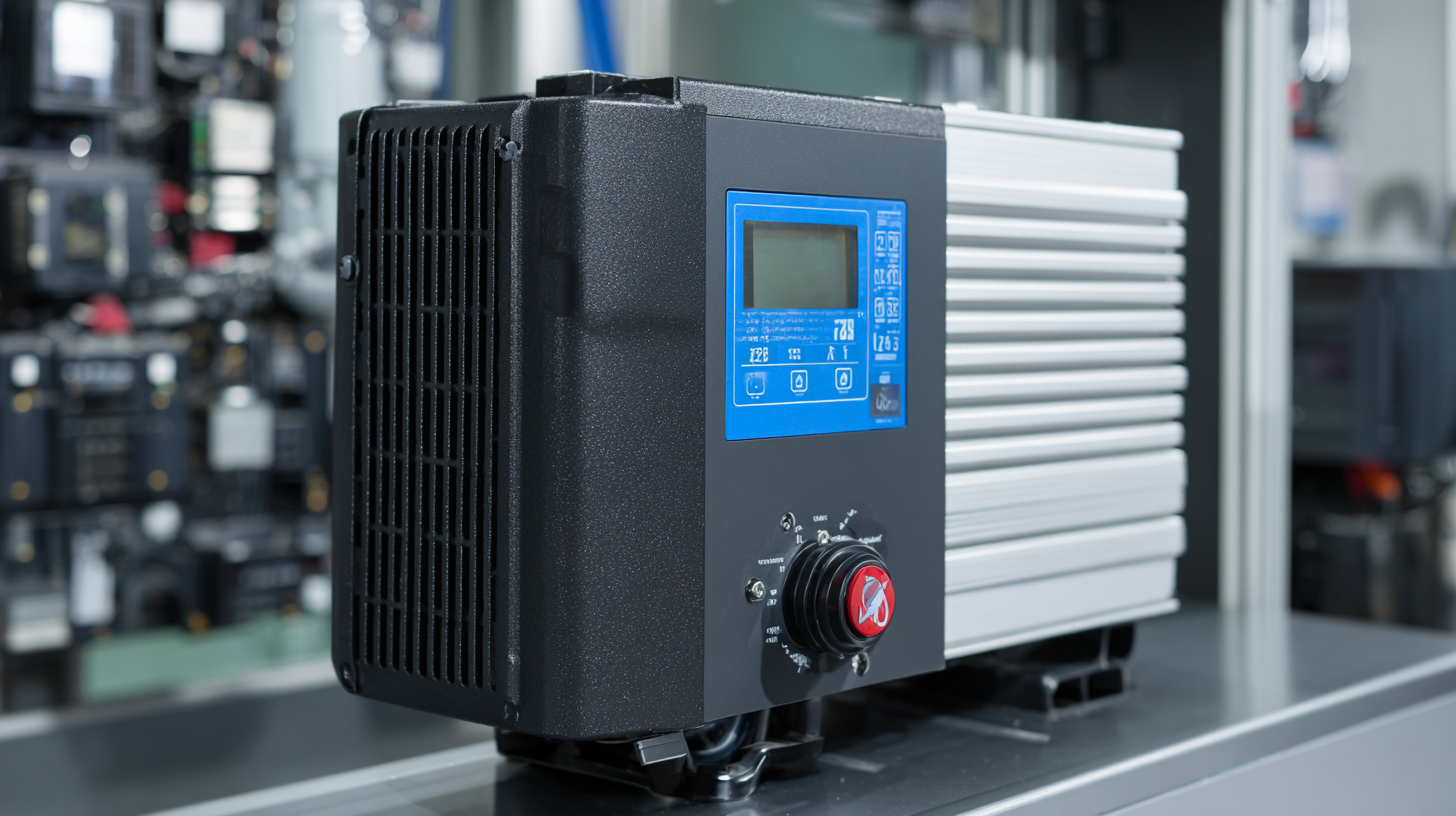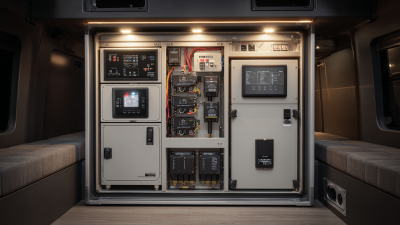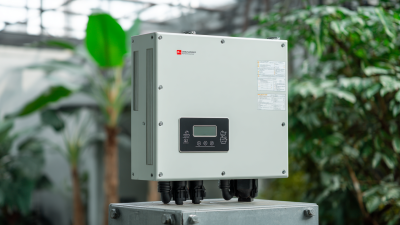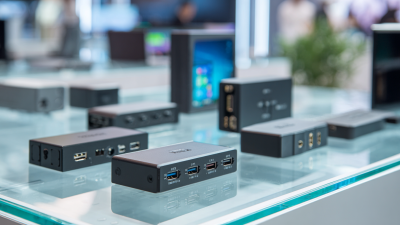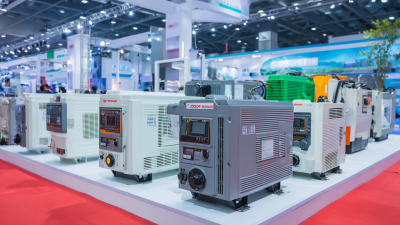
-
Home
-
About Us
-
Products
-
Total Solution
-
News
-
Blog
-
Contact Us
Leave Your Message
-
-
Phone
-
E-mail
-
Whatsapp
-
Whatsapp



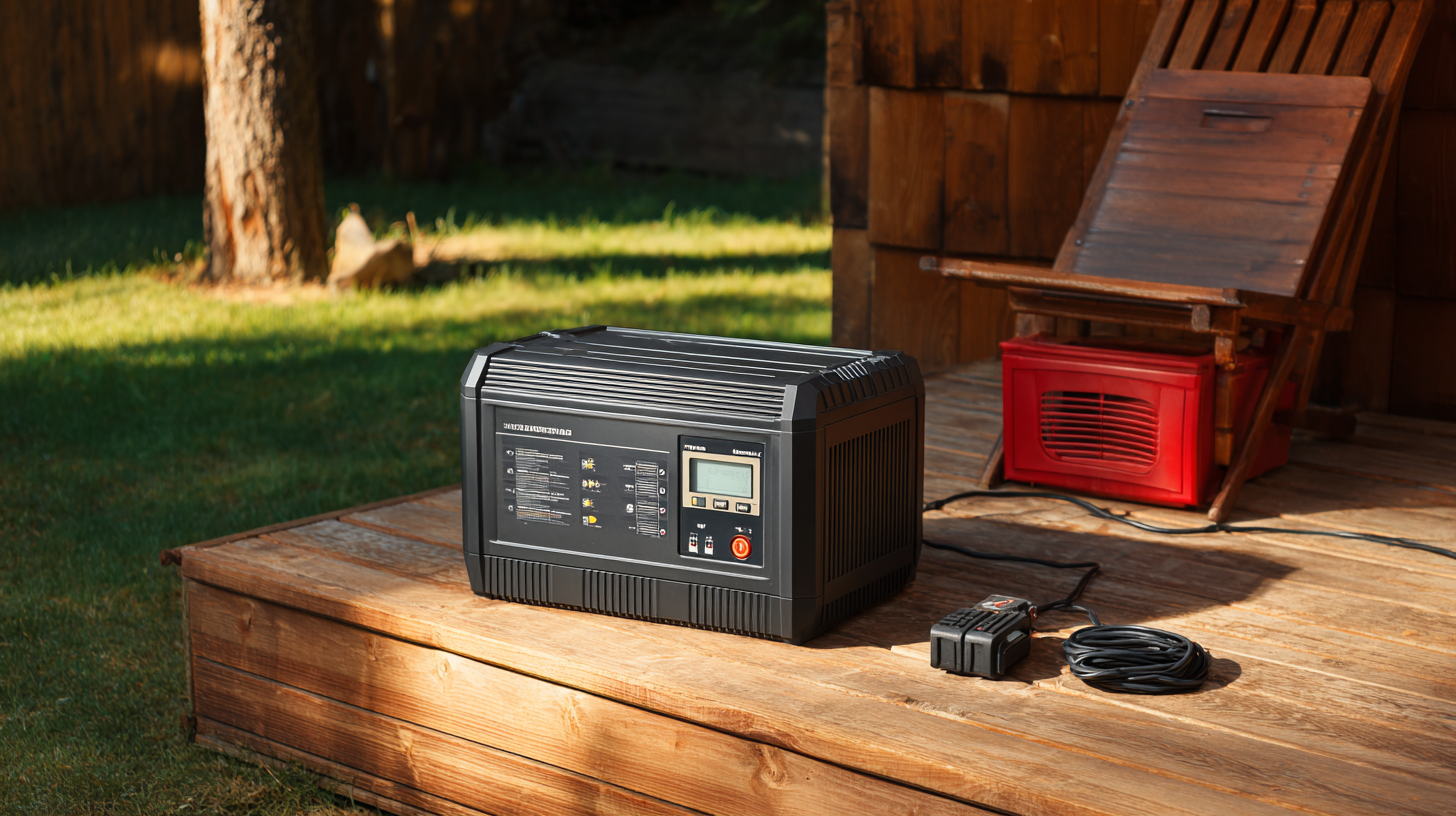 In today’s world, ensuring a reliable power supply is more important than ever, especially with the increasing frequency of power outages due to extreme weather events and other unforeseen circumstances. A Backup Power Inverter plays a crucial role in providing emergency power to keep your home running smoothly during such situations. However, with the myriad of options available in the market, selecting the right inverter can be a daunting task. Whether you are looking for a temporary solution for short power outages or a more robust system to support your home during extensive blackouts, understanding the key features and specifications is essential. This ultimate guide will walk you through the essential factors to consider, enabling you to make an informed decision when choosing the perfect Backup Power Inverter for your home. From power capacity to inverter type, we will cover everything you need to know to safeguard your household against power interruptions effectively.
In today’s world, ensuring a reliable power supply is more important than ever, especially with the increasing frequency of power outages due to extreme weather events and other unforeseen circumstances. A Backup Power Inverter plays a crucial role in providing emergency power to keep your home running smoothly during such situations. However, with the myriad of options available in the market, selecting the right inverter can be a daunting task. Whether you are looking for a temporary solution for short power outages or a more robust system to support your home during extensive blackouts, understanding the key features and specifications is essential. This ultimate guide will walk you through the essential factors to consider, enabling you to make an informed decision when choosing the perfect Backup Power Inverter for your home. From power capacity to inverter type, we will cover everything you need to know to safeguard your household against power interruptions effectively.
A backup power inverter is a critical component for homeowners looking to ensure uninterrupted electricity supply during outages. At its core, a backup power inverter converts direct current (DC) from batteries or solar panels into alternating current (AC), which is the type of electricity most household appliances use. According to a report by the U.S. Energy Information Administration, approximately 15% of U.S. households experienced power outages in the past year, highlighting the growing importance of reliable backup systems.
The capacity of backup inverters is measured in watts, and selecting the right size is crucial. For instance, a typical home may require an inverter with a capacity of 1,000 to 4,000 watts, depending on the number and type of appliances that need to be powered during an outage. Research from the National Renewable Energy Laboratory indicates that around 40% of homeowners underestimate the power consumption of their essential devices. This miscalculation can lead to inadequate inverter performance, making it essential to thoroughly assess energy needs before making a purchase.
When selecting a backup power inverter for your home, there are several key factors to consider to ensure optimal performance and reliability. Firstly, it is essential to assess the power capacity you require. According to industry reports, most homes require inverters that can handle at least 3000 watts for essential appliances during a power outage. This capacity ensures that refrigerators, medical devices, and lighting can operate seamlessly until power is restored.
Tips: Consider implementing a wattage calculator to estimate your power needs accurately. Check the total wattage of the appliances you plan to connect and choose an inverter that can handle at least 20% more to accommodate any unexpected demands.
Another crucial factor is the type of inverter technology. Pure sine wave inverters, while generally more expensive, deliver cleaner power that is compatible with sensitive electronics. A study by the Energy Department indicates that homes using pure sine wave inverters experience fewer appliance failures and improved overall efficiency.
Tips: If you plan to power sensitive devices, prioritize pure sine wave inverters over modified sine wave inverters despite the higher initial cost. This choice can yield long-term savings by protecting your equipment and extending its lifespan.
When it comes to selecting the right backup power inverter for your home, understanding the different types available is crucial. Broadly categorized, backup inverters fall into three main types: pure sine wave, modified sine wave, and grid-tie inverters. Pure sine wave inverters are favored for sensitive electronics due to their ability to produce a power output that closely resembles that of the utility grid. According to the National Renewable Energy Laboratory, around 90% of household devices operate more efficiently with pure sine wave power, making it a vital consideration for homeowners with advanced electronics.
Modified sine wave inverters, on the other hand, tend to be more economical and are suitable for less delicate devices, such as lights and power tools. However, they can cause inefficiencies and potential damage to sensitive electronics, where only 70% of devices run optimally. Grid-tie inverters, primarily used in solar power systems, convert direct current from solar panels into alternating current for home use and can feed excess energy back to the grid. The global inverter market is expected to grow significantly, with a compound annual growth rate of 13.8% projected from 2023 to 2030, indicating a rising interest in backup solutions as homeowners seek reliable energy sources in an increasingly unpredictable climate.
| Inverter Type | Power Output (Watts) | Input Voltage | Efficiency (%) | Ideal Use Case |
|---|---|---|---|---|
| Pure Sine Wave Inverter | 1000W - 5000W | 12V / 24V / 48V | 85 - 95 | Sensitive Electronics |
| Modified Sine Wave Inverter | 300W - 2000W | 12V / 24V | 75 - 90 | Power Tools, Fans |
| Grid-Tie Inverter | 500W - 10,000W | 600V / 1000V | 90 - 98 | Solar Energy Systems |
| Backup Inverter/Charger | 1000W - 6000W | 12V / 24V / 48V | 80 - 90 | Home Backup Power |
 When considering a backup power inverter for your home, one of the essential steps is to accurately calculate your power needs. Start by listing all the appliances and devices you rely on during a power outage. Consider essential items such as refrigerators, freezers, lights, and medical equipment, and note their wattage requirements. This will enable you to determine the total wattage necessary to keep your household running in an emergency.
When considering a backup power inverter for your home, one of the essential steps is to accurately calculate your power needs. Start by listing all the appliances and devices you rely on during a power outage. Consider essential items such as refrigerators, freezers, lights, and medical equipment, and note their wattage requirements. This will enable you to determine the total wattage necessary to keep your household running in an emergency.
Additionally, it's important to think about the starting wattage of devices that require a surge of power when first turned on, such as refrigerators and air conditioners. This can be significantly higher than their running wattage, so you must factor this into your calculations. By understanding both your running and starting wattage needs, you can select a backup power inverter that is appropriately sized to ensure your home remains powered when it matters most. In light of recent trends towards integrating renewable energy sources and energy storage systems, investigating advanced options for backup power can also provide long-term benefits in both efficiency and cost.
When it comes to ensuring the optimal performance of your backup power inverter, proper installation and regular maintenance are crucial. First, select an appropriate location for the inverter, ideally in a well-ventilated area that is protected from moisture and extreme temperatures. This helps to prevent overheating and enhances the longevity of the unit. Additionally, make sure all connections are secure and adhere to local electrical codes. It’s advisable to consult a professional installer if you're unsure about the setup to ensure safety and efficiency.
Maintenance is equally important for optimal inverter performance. Regularly inspect the inverter for any signs of wear or damage, paying particular attention to wiring and connections. Clean the unit periodically to remove dust and debris, which can affect its functionality. Moreover, testing the inverter routinely can help identify potential issues before they escalate. Keep track of the warranty and service requirements, as following manufacturer guidelines will help you maintain the efficiency of your inverter and extend its operational lifespan.
